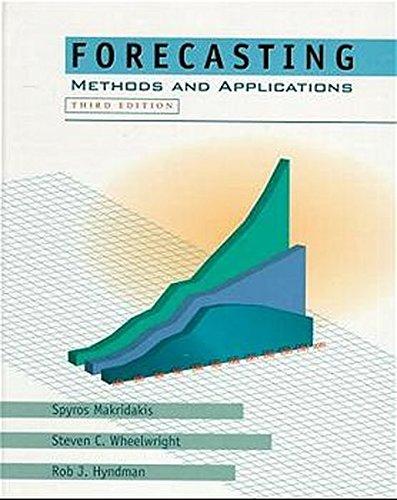Question
Assignment 1. Use the attached data of daily equity prices of Bank of America (BAC) starting in 1990. In each case estimate the model with
Assignment
1. Use the attached data of daily equity prices of Bank of America (BAC) starting in
1990. In each case estimate the model with an intercept.
a) Estimate an ARCH(1) model and report the Schwarz information criterion
b) Estimate an ARCH(9) model and report the Schwarz information criterion
c) Estimate a GARCH(1,1) model and report the Schwarz information criterion
d) Estimate a GARCH(1,2) model (one ARCH and two GARCH terms) and
report the Schwarz information criterion
e) Pick another order GARCH model and report the Schwarz criterion
f) Introduce another lagged to see if it is significant.
Which is preferred?
Do these models satisfy the basic criteria for a good model?
2. For the GARCH(1,2) model(one GARCH and two ARCH terms), calculate the time
series of annualized volatilities. What was the maximum conditional volatility and when
did this occur?
3. Test the autocorrelation of the standardized residuals and the squared standardized
residuals with 10 lags. Does this model pass both tests? Explain.
4. Report the skewness and kurtosis of the standardized residuals. Compare these with
the BAC returns.
5. Forecast the next year of daily volatility for BAC and plot the result.
6. Reestimate the GARCH(1,2) with student-t distribution. Now what is the Schwarz
criterion? Does it find this estimate preferable?
7. Describe the volatility pattern of a GARCH(1,1):
a. When the sum of alpha plus beta is small?
b. When the sum of alpha plus beta is bigger than one?
c. When alpha is small and beta is big with a sum slightly less than one?
d. When alpha is big and beta is small with a sum slightly less than one?
Step by Step Solution
There are 3 Steps involved in it
Step: 1

Get Instant Access to Expert-Tailored Solutions
See step-by-step solutions with expert insights and AI powered tools for academic success
Step: 2

Step: 3

Ace Your Homework with AI
Get the answers you need in no time with our AI-driven, step-by-step assistance
Get Started


